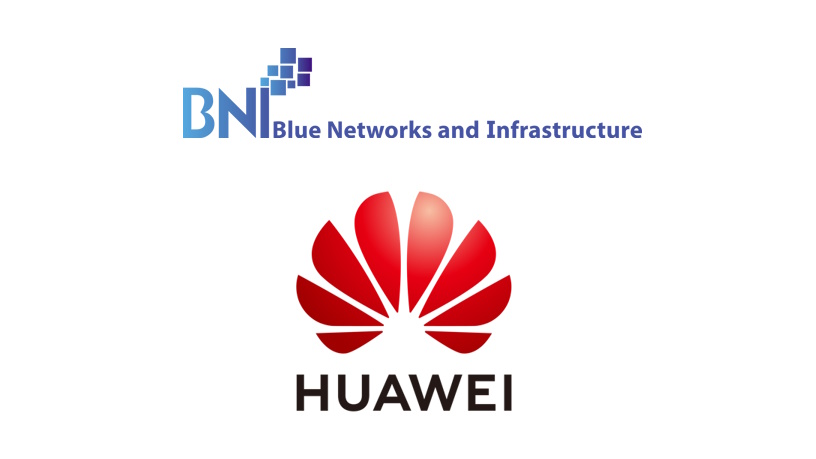Low latency networks key in bridging IT infrastructure gaps: StarHub – Telco – Data Centres – Leadership

For ASEAN businesses, real-time data processing is often critical when customers want quick results, and this is where low latency ensures that enterprises can execute tasks with minimal delay for operational efficiency and improved user experiences. The ability to respond instantly is particularly vital for industries including trading, AI-driven services, and gaming, where even a fraction of a second makes a difference.
Many of the region’s businesses are looking toward more sophisticated infrastructure solutions to improve the performance and responsiveness of their IT systems and networks. Traditional data centres, which were designed for general-purpose computing, often fall short when it comes to the high-speed demands of today’s applications.
Low Latency Data Centre Connect network leverages advanced optical technologies and software-defined networking to minimise latency and enhance efficiency, StarHub’s chief technology officer, Ayush Sharma told iTnews Asia in an exclusive interview.
By operating primarily at the physical layer, Layer 1 of the OSI model, and eliminating intermediary nodes such as repeaters and amplifiers, the network reduces serialisation and processing delays, leaving mainly propagation delay, which is governed by physical limits, Sharma added.
The use of optical technologies, including dark fibre and ROADM (Reconfigurable Optical Add-Drop Multiplexer), ensures rapid data transmission.
Additionally, the network employs the Segment Routing Version 6 (SRv6) protocol, providing efficient routing and predictable latency.
Outperforms traditional data centres
According to Sharma, the Low Latency Data Centre Connect network outperforms traditional data centre connectivity solutions by enhancing customer experience through reduced latency and jitter.
With reduced jitter and consistent low latency, the concurrency rate increases.
This means more financial applications can run simultaneously without performance degradation.
Sharma mentioned that the network enables efficient deployment of AI workloads and GPU clusters.
This allows businesses to optimise operational costs and enhance productivity by strategically placing GPU clusters across different locations, such as Malaysia and Singapore, he said.
Additionally, the network integrates quantum-safe security measures from the outset, strengthening cybersecurity without compromising performance.
“These advancements collectively make the network an ideal choice for businesses seeking to enhance performance and security in their data centre operations,” said Sharma.
Security remains a concern in digital communications.
Coupled with quantum encryption, the Low Latency Data Centre Connect network leverages cryptographic techniques to safeguard data against potential breaches.
Sharma said by generating encryption keys at the endpoints using specialised chipsets, rather than relying on software-based solutions, quantum encryption makes it difficult for eavesdropping or man-in-the-middle attacks to occur.
This ensures sensitive information remains secure, giving enterprises protection of data against emerging threats, Sharma added.
Low latency drives business growth
Sharma mentioned the Low Latency Data Centre Connect network, integrated with Cloud Infinity, enhances operational efficiency and drives business growth for enterprise customers.
He shared the example of the Punggol Digital District Smart City Project, which leverages low latency access to StarHub’s Cloud Infinity.
StarHub is working with Jurong Town Corporation (JTC) – an industrial developer in Singapore – for this project.
This has enabled JTC to host workloads on the cloud rather than on-premises, simplifying the management of complex workloads, said Sharma.
Instead of dealing with multiple cloud platforms and connectivity options, JTC can focus on the core business of data and AI, he added.
The low latency and secure access allow enterprise customers to focus on productisation and service creation.
“They can connect to cloud platforms like Azure, AWS, and private clouds without worrying about regulatory and compliance issues,” said Sharma.
He added that this flexibility enables JTC to choose the most suitable AI technologies, GPUs, and cybersecurity solutions from multiple providers.
This capability supports a pay-as-you-go model, giving the agility to innovate and monetise offerings.
Addressing businesses’ infrastructure challenges
ASEAN’s infrastructure ranges from highly advanced in countries like Singapore, Korea, and Japan, to developing stages in the Philippines and Indonesia, while others are still in the planning phase.
This disparity presents both challenges and opportunities.
According to Sharma, the network helps bridge gaps, enabling countries at different stages of infrastructure development to access and benefit from advanced cloud and OTT services.
It facilitates the transition to hybrid multi-cloud environments, Sharma said.
This allows small to medium enterprises to access AI and GPU services hosted on data centres or hyperscalers, which would be otherwise unaffordable on-premises, he added.
Low latency networking helps utilise high-power resources effectively, eliminating the impediments of poor connectivity.
By bridging infrastructural gaps, it supports the growth and scalability of cloud services and OTT applications, ensuring that businesses in the ASEAN market can thrive in the digital age.
StarHub aims to expands the capabilities of the Low Latency Data Centre Connect network by growing its ecosystem of independent software vendors (ISVs) and partners, certifying a range of technologies – from robotics and computer vision to positioning systems.
Sharma mentioned that this approach not only drives operational efficiency but also unlocks new monetisation opportunities.
For instance, transportation and logistics companies can benefit from improved location-based services and real-time data accuracy, said Sharma.
This will lead to enhanced customer experiences and operational excellence, he added.
link







